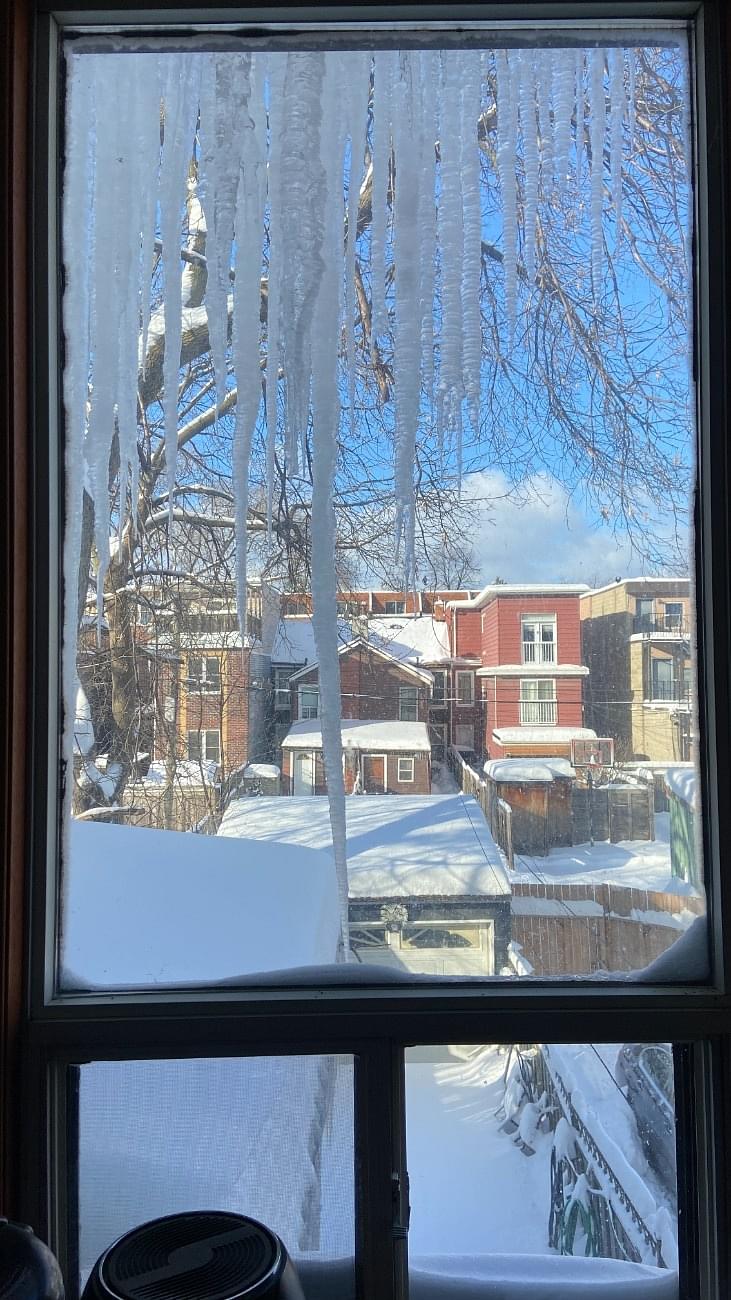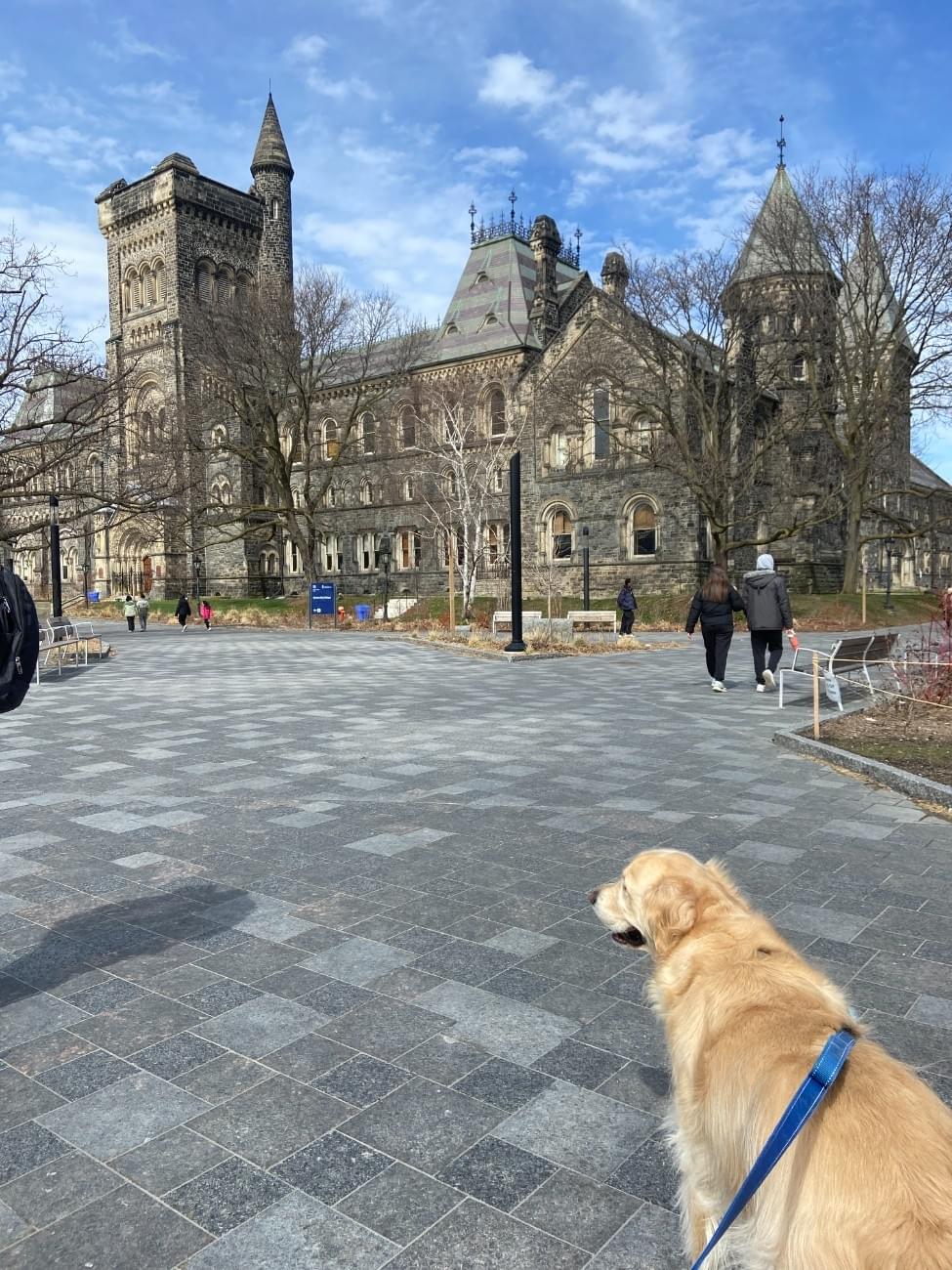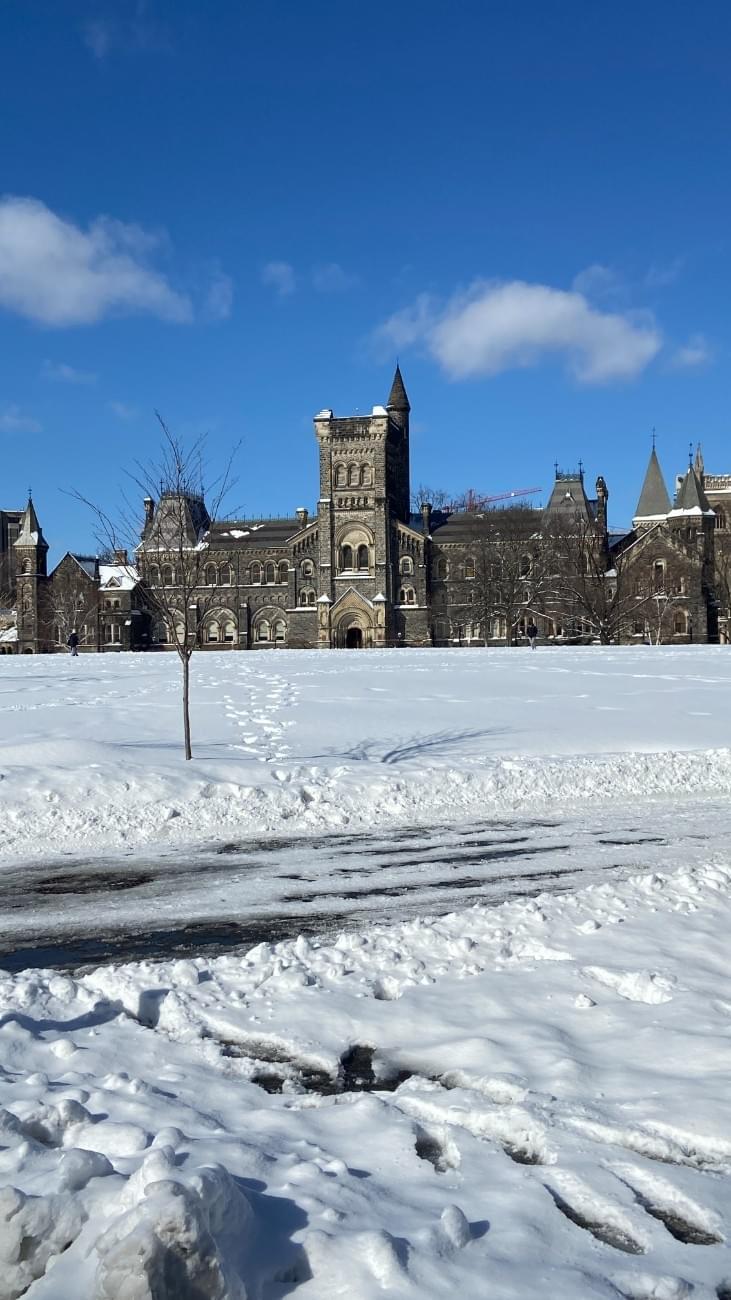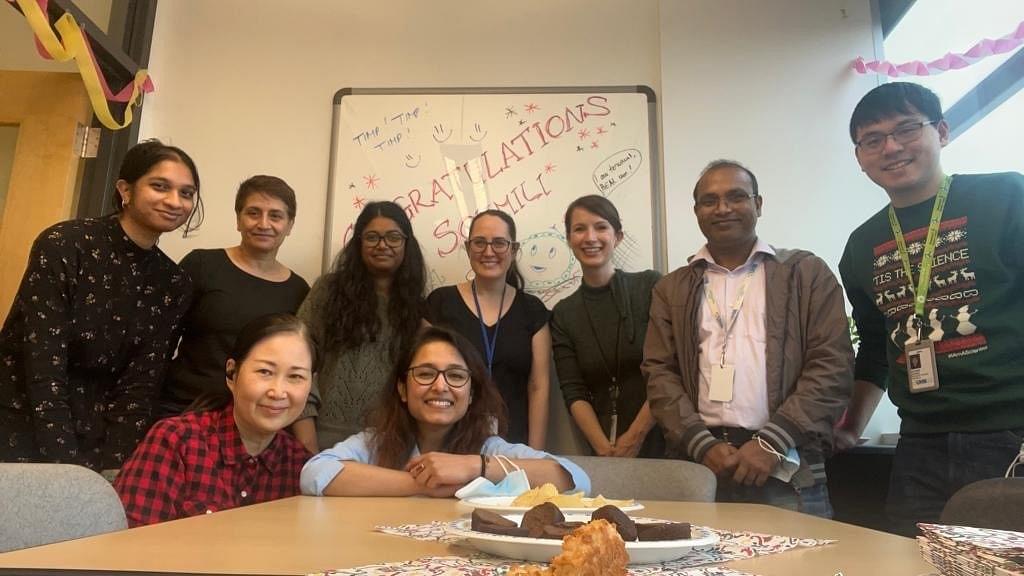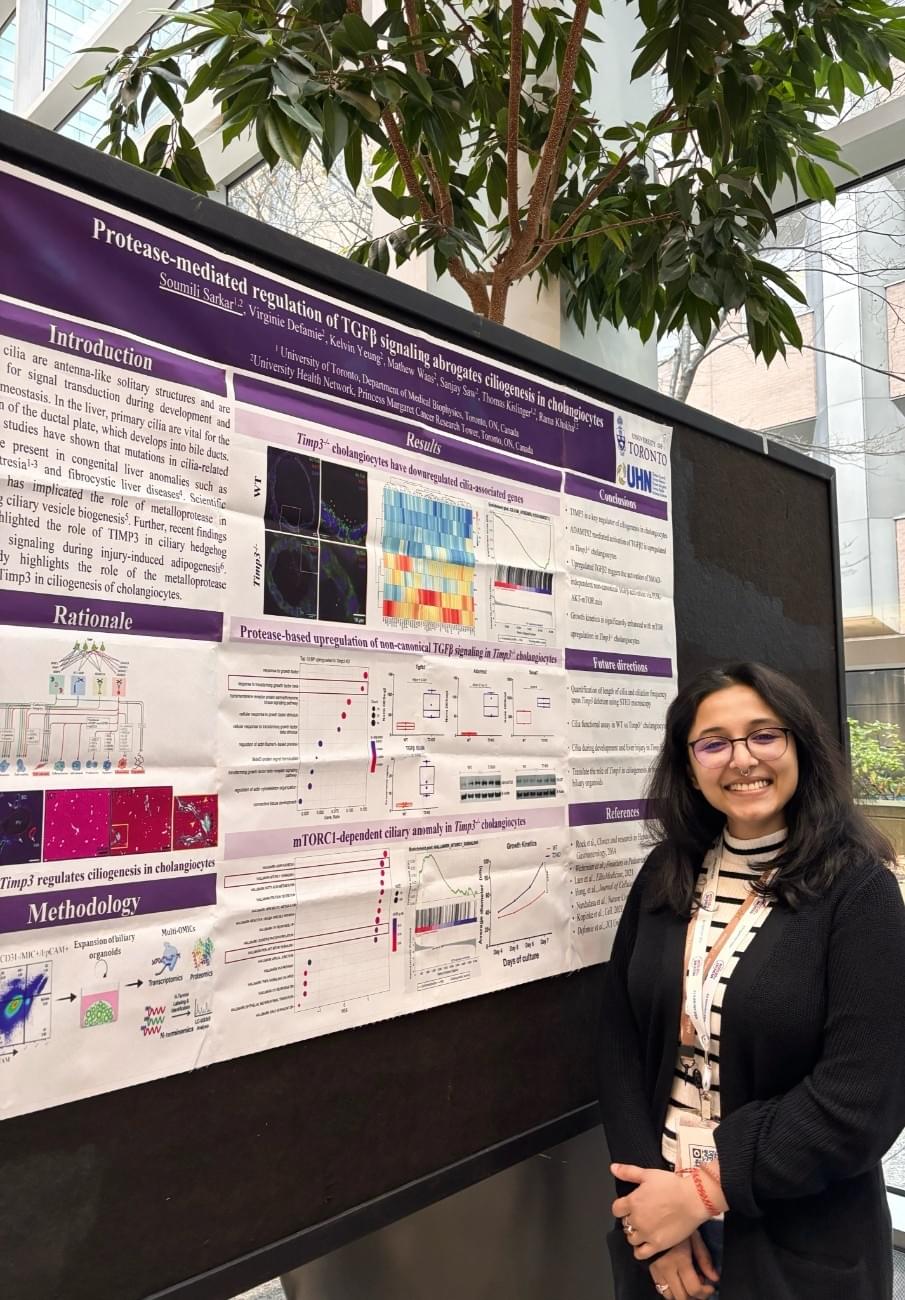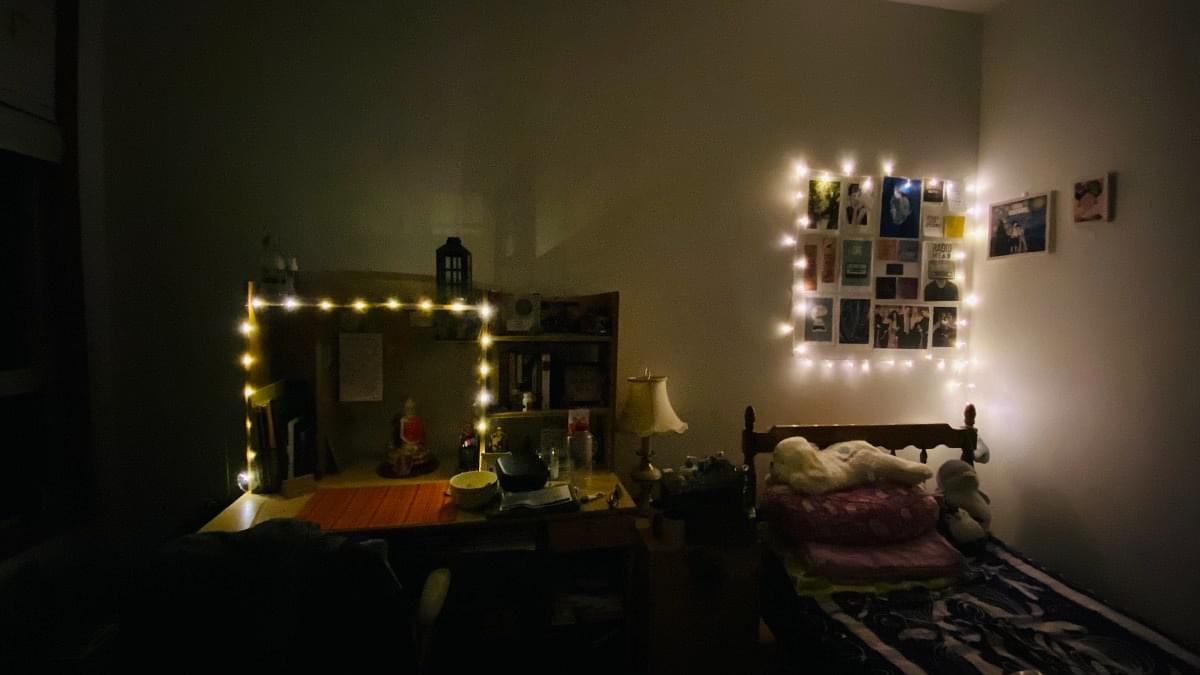What Students Say
Likes
- Very rich equity, diversity and inclusion policy
- The University campus is permissive to students’ recreational activities as well
- Highly encouraging of international students as reflected by their high acceptance rate.
Dislikes
- International students are limited by the number of available scholarships
- For teaching assistantship or other campus jobs, domestic students are prioritized over international students
- Campus housing are overly priced
Course Curriculum
- Course curriculum is moderately difficult. After doing my under- and post-graduation in India, I found most of the courses to be decently easy.
- The courseworks are based on credits. Each course carries 0.25 credits, and by the end of your degree, you need to have 3.5 credits. How you will space out your courses through your degree is based on you.
- Average number of students in my batch would be around 30
- 2 Indian students enrolled in my batch
Admission Experience
-
I applied to –
- University of Toronto (accepted)
- DKFZ Heidelberg (rejected due to lack of publications from my master's)
- UT Southwestern medical college, Texas (rejected due to lack of LOR from my supervisor)
- IST Austria (rejected due to lack of publication)
- Karolinska Institute (rejected due to lack of 1st author publication)
- Best way to pin down which colleges to apply to would be to first have a clearer idea of your area of interest. Based on which you can shortlist faculties and locate which Universities they are affiliated with.
- Small tip: Scientific articles and conferences are the best routes to get your head into which labs you want to work in and learn the most from.
- My Master’s supervisor had helped me significantly by listing down a names of faculties working in my field of interest. This is just to let you know to feel free to seek opinions/help from your current supervisor.
- I applied to those colleges where I found labs working on domains that aligned with my interest. I wrote to supervisors from these Institutes and for the ones where I received positive responses from the faculty, I applied to those corresponding programmes. The University of Toronto had an added advantage, being one of the top 20 Universities in the world, based on world rankings back in 2020.
- The faculty to whom I wrote at the University of Toronto (my current PI), after going through my CV, invited me to have a zoom call with her. After the call, she encouraged me to apply to the Medical Biophysics program to which she is affiliated. After passing the first round of screening, I was interviewed by 5 separate faculties, which I had chosen during the time of application, as the top 5 potential supervisors (they could be the same 5 or different ones, based on whether they were recruiting students for that term). The faculties then submit their scores, and the consensus decision is generally followed by the department. That’s how they send out the offer letters.
- I applied in the fall of 2020
- Generally, the acceptance chances are higher when applying during fall as compared to Winter applications
- The admission process took around 3 months.
- January – I applied for the application.
- February – I heard back from the University for my first round clearance
- March – You interview with faculties
- End of March – You get the offer letter
Faculty
- The faculty-to-student ratio in our course is more or less 1:6. Each professor conducts one lecture, and there would be around 5 different lectures in 1 course.
- Teaching methodology is mostly criticizing scientific articles and solving assignments. Our program is very academia-gravitated; therefore, we can’t really say that it sets you up for a job. You really have to polish yourself up for that, all by yourself.
- It’s mostly the students connecting with alumni via linkedIn or through conferences in order to get a referral for their potential jobs
- I admire mostly the old faculty—more blunt and honest about their criticisms in science. Namely, Gordon Keller and Norman Iscove.
Campus Life
-
We have 3 campuses –
- UofT St George
- UofT Scarborough
- UofT Mississauga
- We have plenty of fancy libraries, Hart House as the biggest recreational centre, a humongous ice-skating rink and a football ground.
- The indoor courts are huge as well.
- Science rendezvous is a popular festival. The Indian communities celebrate Holi, Diwali and Garba as well.
Part Time Jobs
- Medical Biophysics has no undergraduate programme; therefore, the number of TA/RA options is limited. On top of which, the department prioritises Canadians over International students. The wage, however is CAD/hr
- Other on-campus jobs include the UofT bookshop, undergraduate exam invigilation and so on.
- I am not sure about the maximum hours of work allowed per week. It is pretty difficult to find a job on campus
- Indians prefer working atoffee shops (Tim Hortons/Starbucks) or grocery stores (Metro, Freshco, No Frills) or even as securities in different apartments/buildings/subway stations. Some prefer doing UberEats/Doordash delivery as well. Part-time employment is relatively much easier to secure. Since PhD students are provided with enough stipend, fortunately, I never had to secure a part-time job
Placement
- Canadian batchmates secure positions relatively more easily than non-Canadians. However, if your CV is extraordinary and you’ve outdone the rest of your batchmates, you’re all set to bag that 1 single job left in the market.
- Average salary to expect would be 80-150K per year
- Doing an internship is always the best way to bag a job. If that’s not an option, maintain good connections with alumni and get involved in career development clubs in your department.
Accommodation
- Via facebook marketplace, Kijiji, UofT off campus housing facebook page
- My current monthly rent is still the covid rent, which is ~750 CAD. This includes heating, water, internet, a washer and dryer, and furniture.
- Since I live in downtown, the number of students looking for rentals is quite a lot. Therefore, it can get pretty competitive
- I would say, off campus housing options are much cheaper and viable options for you
- My current place is a 7-minute walk from campus
Exams
- I had to write TOEFL for UToronto
- You do need an LOR, a well-refined CV, and an elaborate statement of purpose highlighting what you can bring to the table.
- Yes, after the first round of screening, which is based on your CV, LOR and SOP, the department sends you the names of the faculties who might be reaching out to you.
- Each faculty member will contact you separately for a zoom interview, asking about your interest and what fascinates you about their lab.
Fees
- Fees for the entire course per year are ~8000 CAD
- Off-campus housing ranges from 700 to 2200 CAD, depending on the level of luxury/comfort you want
- Fees are charged on a yearly/term basis.
- Monthly expense – 750 750CAD (rent), 200 CAD (groceries), 300CAD (miscellaneous), 660 CAD (8000 total; charged annually)
- The stipend provided more or less covers an ordinary style of living. You can save just enough remotely to fly back and forth to your country.
Scholarship
- The full programme is covered by your PhD stipend, which is around 40000 CAD. On top of which you can have scholarships that are given as a top-up of a max of 1500 CAD.
- Most of the provincial and federal scholarships are for domestic students or canadian permanent residents.
- There are barely any external scholarships available for international students.
- There are other lesser known scholarships that you can keep an eye on, that you are eligible to apply within the 1st 2 years of your PhD, even if you are an international student


